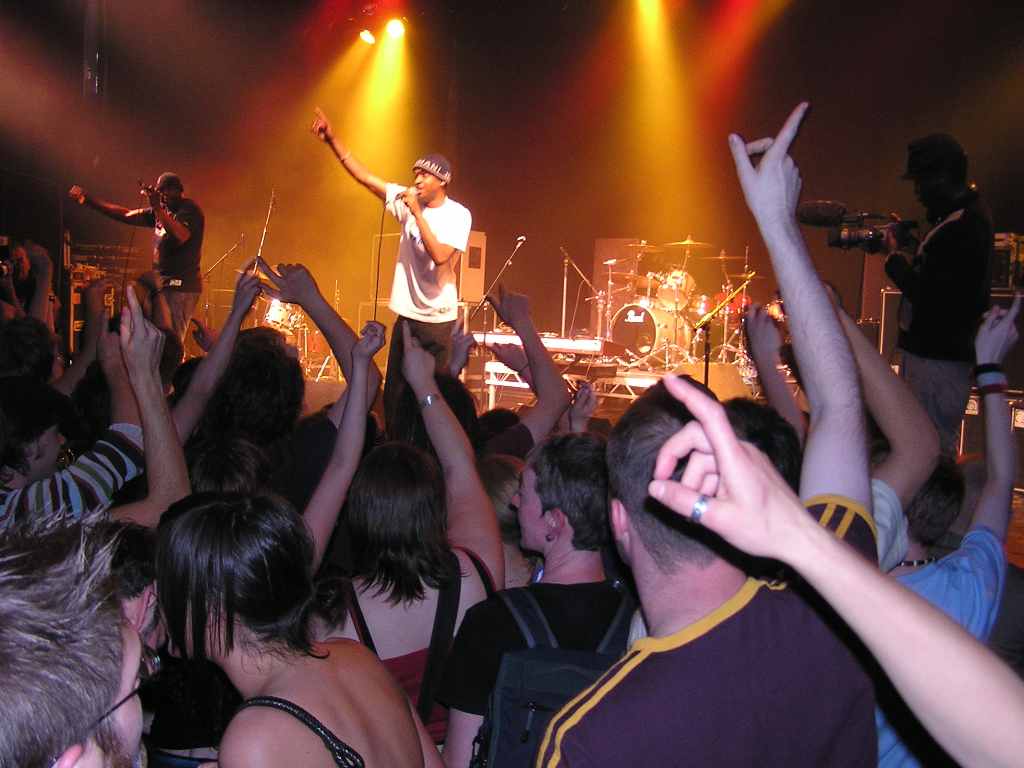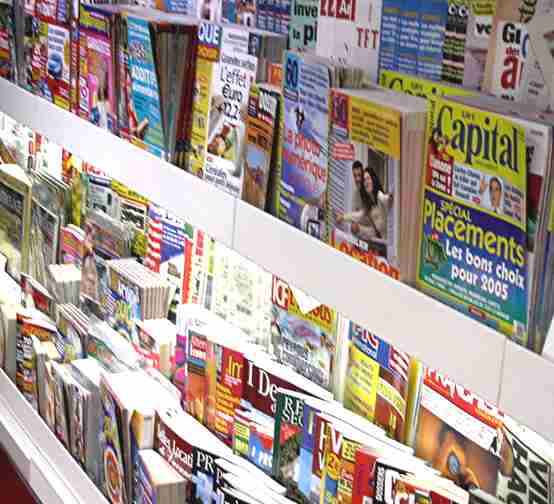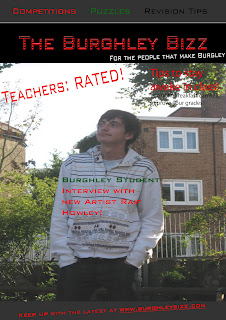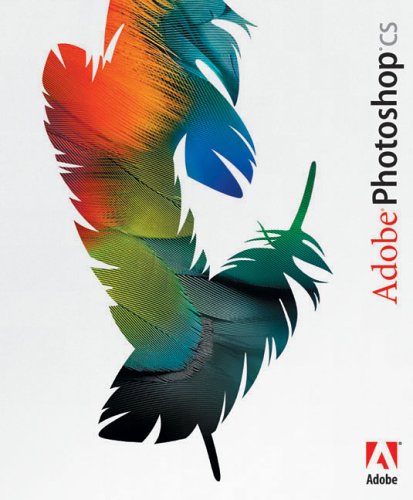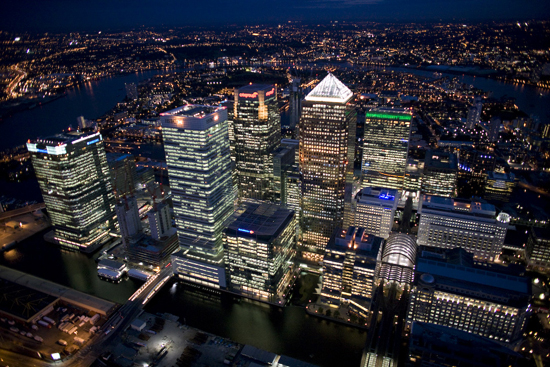
 The two magazines I have analysed in class are NME mgazine and Top of the Pops! magazine. Just from looking at the two magazines, I can infer that NME is aimed at a more mature audience than Top of the Pops!
The two magazines I have analysed in class are NME mgazine and Top of the Pops! magazine. Just from looking at the two magazines, I can infer that NME is aimed at a more mature audience than Top of the Pops!
The front cover of NME is quite dark, which could symbolize a rock audience, and I can tell that the features are aimed at young adults as they are reviewing this summer's festivals and talking to bands.The first advert in the magazine is a 'Halo: Reach' advert, it is a four page advert, with the pages folding out, making the advert look like a poster. I believe this advert hints at a teenage or young adult audience, predominantly male as Halo: Reach is a video game that involves violence. The fact that it has taken up a large part of the magazine could show that Halo realise that their target audience is similar to NME's.
Later in the magazine, there is an advert for the release of Kano's new album 'Method to the Madness'. I believe again that this is aiming at a male audience, teenage to young adult. I think that this advert shows that NME reports on a variety of music genres, as the main focus beforehand was on rock music, but Kano is a grime artist. This could prove that NME has a broad target audience. Having said that, it only took up around half a page towards the back of the magazine so you could infer that NME does not focus too much on grime.
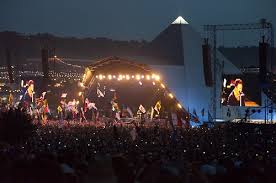 There are also 4 pages taken up by concert and gig dates, which would hint to a young audience again, maybe between the ages of 15 and 30. This shows again that NME has a broad target audience, as the concerts and gigs did not focus on one single genre of music, they focused on many different genres.
There are also 4 pages taken up by concert and gig dates, which would hint to a young audience again, maybe between the ages of 15 and 30. This shows again that NME has a broad target audience, as the concerts and gigs did not focus on one single genre of music, they focused on many different genres.
Also, in the last five pages or so of the magazine, there are many small adverts, which I believe will be in there for the benefit of profits, it will be difficult to find some correlation between the adverts and the target audience.
 |
| Proportions of pages in NME |
Also, in NME, there are no 'letter pages' which may hint at a older audience, as they may feel that an older audience may not have the time to write in with a letter, so they reached a compromise when introducing polls to the features such as the reviews of festivals.
Top of the Pops! had a lot of adverts in their magazine, but the main features made up at least three quarters of the pages. The adverts were usually promoting products aimed at young females, this was clear to see as the main colour used in the adverts was pink and purple.
The first advert was one for 'Always' tampons, which is clearly aiming at a female audience and because they used pink for the packaging you could infer that they wanted to catch the eye of a young audience, maybe between 12 and 15.
In Top of the Pops, there are also competitions which are aimed at women, so you could say that older women could make up a small percentage of the target audience, the most notable competition was the 'girly night in London for four', you had to be over 18 to enter the competition so it must be aiming at a slightly more mature audience than normal.
There is a page in the magazine on phone updates and games as well, which is clearly aimed at a young, female, teenage audience, as the background was pink and the wallpapers were quite girly, with pictures of male popstars being the main attraction.
 There is a letter page in Top of the Pops!, which could suggest a young female audience as teenage girls like to have someone to speak to who has another opinion on how to solve their problems.
There is a letter page in Top of the Pops!, which could suggest a young female audience as teenage girls like to have someone to speak to who has another opinion on how to solve their problems.
 |
| Proportion of pages in TOTP. A higher proportion of pages devoted to features than NME. |
Overall, I think there is a lot in this magazine to suggest that Top of the Pops! aims it's magazine at teenage girls.




